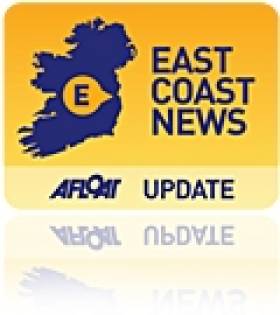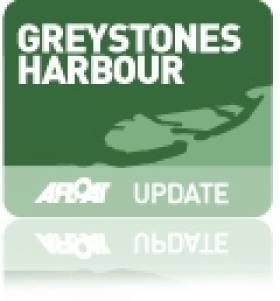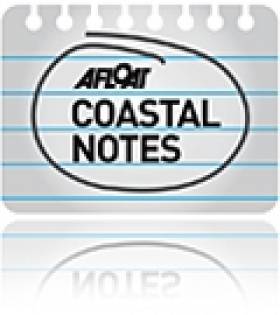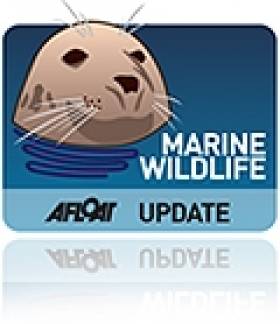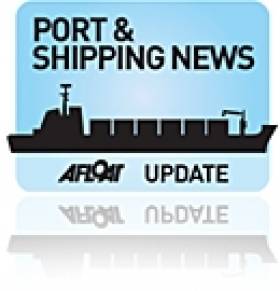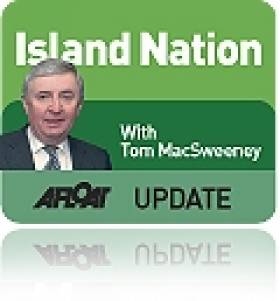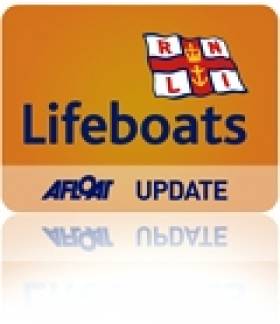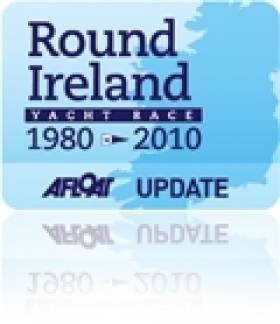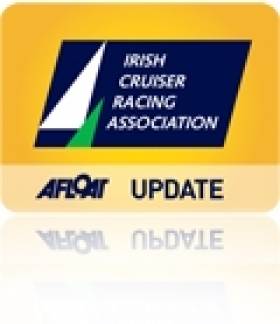Displaying items by tag: Wicklow
Bray Watch Goes Online
Greystones Harbour Open Day Gives Chance to See Impressive Marine Works
This is a chance, says local councillor Derek Mitchell, to see what has been achieved behind the hoardings in the last two years. "All marine works will be finished in 2010 and it is impressive to see what has been achieved. Currently much of the earth stored on top of D'Arcys field is being moved to beside the new harbour and it is quite mucky which limits the area which the public can access. However it will be a good chance to see behind the hoardings" Mitchell told Afloat.ie.
The next stage will start in January and finish in December 2011 after which most hoardings will come down. This stage consists of the 4 storey Health Centre, public square and free clubhouses for the Sea Scouts, Rowers, Divers, Sailors and Anglers.
Wicklow Boatyard at the Cutting Edge
Afloat magazine profiles Noonan Boats, one of the country’s leading repair facilities
From collision damage, keel fairing right up to osmosis treatments and re-sprays, Noonan boatyard in Newcastle, Greystones Co. Wicklow offers such a comprehensive service on the East Coast there is little need for any boat to go abroad for repairs these days, regardless of the extent of damage.
And news of the quality work has been spreading with boats from the four coasts Ireland coming to Wicklow for a range of work.
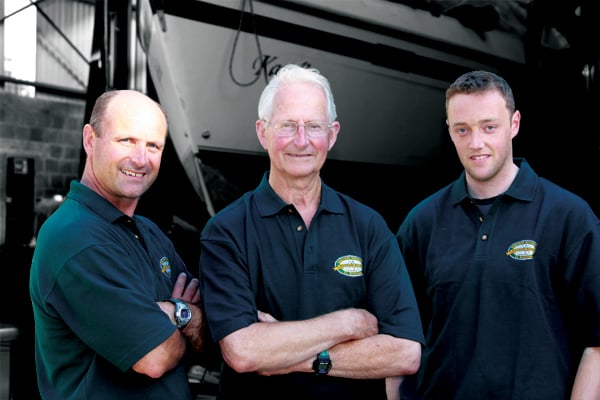
Graeme Noonan (left) has extensive big boat repair experience from his time in the marine industry in Sydney, Australia and is an active RS sailor. Founder Tony Noonan (centre) has spent a lifetime in the Irish Marine industry with Neil Watson Yachts, Wicklow Marine Services before setting up Noonan Boats in 1995. Brian Flahive is an active dinghy and keelboat sailor this year finished second in the Round Ireland double-handed class and won the Fireball National Championships.
Father and son team Tony and Graeme Noonan have over 30 years in the business and have recently expanded the premises to over 3,000 sq feet to cater for a growing range of repair work for boats up to 50 feet under cover.
They have a well-established reputation for the treatment of osmosis, to resolve hull blistering. This is a preventative and remedial process that requires specialist treatment.
The bulk of repair work comes from along the East Coast based boats and the nearby port of Dun Laoghaire but the company offers a national service to include transport to and from the Noonan boatyard if required.
“We have an established track record dealing with Insurance companies. No job is too difficult, too small or too big for us” says Tony Noonan.
Most work is carried out in in a purpose-built marine workshop containing two lifting bay facilities that includes keel and rudder repair pits but the firm also carries out on site repairs to suit too.
Repairs are carried out to original specifications and they carry out re-moulding repairs to up to date construction methods e.g. GRP foam core, Balsa core and carbon under vacuum bagging conditions.
A particular speciality is the repair of carbon repairs to dinghy masts, spinnaker poles and hulls. This has become more popular recently with the advent of carbon bowsprits on boats such as the J109s and SB3s.
Keel fairing, the process of improving the accuracy of the shape of a keel to improve boat speed is also high on the jobs list.
The company also has the specialist hot weld equipment to carry out the repair of polyethylene materials as used in the RS Feva and Laser Pico dinghies.
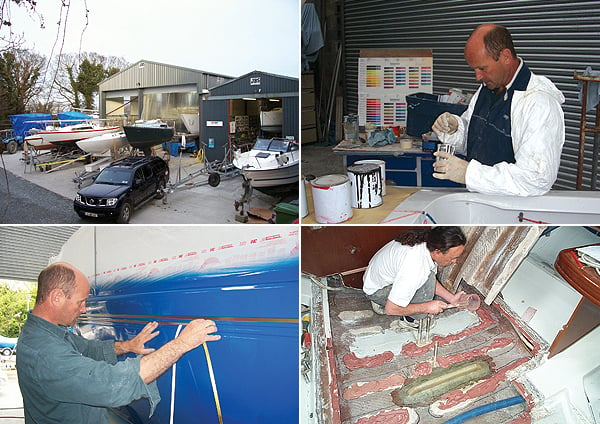
Colour Matching
Making a fibreglass repair to bring a boat back to original specification is one thing but matching gel coat to weathered or faded paintwork is quite another. Noonan Boatyard cosmetically match gels to present colour so the repair can appear practically invisible.
Polyethelene Repair
Plastic boats are durable but they can split and crack. Repairing them requires specialist heat gun welding equipment
Repair and re-spray
Weathered topsides, especially darker colours, always benefit from a re-spray, tired areas including decks and non-skid areas can also be re-sprayed
Floor matrix repair
After a keel grounding with rocks, for example, damage to a floor matrix may not be immediately visible but it is vital that inner frames are checked and repaired
Osmosis treatment, hot vac and copper coat
The yard uses the latest technology in the treatment of osmosis. Hulls are gel-planed to expose lay up prior to a HOT- VAC process and drying. This can be the stage where copper coat is an economical choice. It ends the need for the expensive and unpleasant annual chore of cleaning and repainting a boat’s hull. Simply hose down the hull at regular intervals, commonly once a year, to remove any build-up of sea-slime. We currently have two examples in our yard at present which show after one year and after ten years of immersion – and still working. Come and see for yourself!
Fully Repaired, Tried and Tested
Noonan Boats completed extensive repairs to Oystercatcher, a Gibsea 37, and when this work was completed the firm entered the boat in the gruelling 704-mile race round Ireland.
Local sailors Brian Flahive (Fireball National Champion) who works at the yard and Bryan Byrne manned what was Wicklow Sailing Club’s first ever yacht to entry into the doubled handed class of the Race. Dubbed the ‘Pride of Newcastle’ the entry finished an impressive winner of IRC III and Cruiser Class IV. The pair also finished second in the two handed class.
It was no easy journey but certainly the repairs stood up to the job, a case of repair work being tried, tested and proven!
The Boatyard, Sea Road, Newcastle, Greystones, Co. Wicklow
Tel/Fax: 01 281 9175 • Mobile: 086 170 8875
Email: [email protected]
- boats
- Wicklow
- RS Feva
- Dun Laoghaire
- Greystones
- collision
- Brian Flahive
- noonans boats
- wicklow boatyard
- boat repair
- keel fairing
- osmosis
- Newcastle
- Neil Watson
- Graeme Noonan
- Tony Noonan
- repair
- hull blistering
- Insurance
- lifting bay
- workshop
- GRP
- vacuum bagging
- carbon repairs
- dinghy masts
- spinnaker poles
- Laser Pico
- Polyethelene Repair
- respray
- Floor matrix
- hot vac
- copper coat
- Repaired
- damage
Wind Farm 'Ready to Go Tomorrow'
The backers of a proposed new wind farm in the Irish Sea near Wicklow have said the project would be ready to go "tomorrow" if given permission to connect to the national grid.
Planning permission has already been obtained by Fred Olsen Renewables for the €3 billion Codling wind park project, which it set to consist of 220 turbines with a potential generating capacity of 1,100 megawatts.
Graham Cooper of Fred Olden Renewables told The Irish Times that the project is ready to start, but the Commission for Energy Regulation not yet given consent for connection to the Irish national grid.
The Irish Times has more on the story HERE.
Rescued Seal is Stabbed to Death
Government Begins Review of Irish Ports
Minister for Transport Noel Dempsey T.D. today announced the launch of a national ports policy review with the publication of a consultation document.
There are ten State commercial port companies established and operating pursuant to the terms of the Harbours Acts 1996 - 2009; Cork, Drogheda, Dublin, Dundalk, Dún Laoghaire, Galway, New Ross, Shannon Foynes, Waterford and Wicklow.
It is estimated that approximately 99% by volume of all goods traded into and out of Ireland are handled at our ports. Dublin Port is the State's biggest port handling approximately 44% of all tonnage in 2009. Cork and Shannon Foynes were the second and third biggest ports respectively in 2009.
Today's consultation document provides stakeholders with an opportunity to help shape future ports policy.
Speaking today Minister Dempsey said; "In 2005 our national Ports Policy Statement outlined national ports policy in a single document for the first time. Since then the commercial, technological, and regulatory environment in which Irish ports operate has changed dramatically, both domestically and globally. It is now time to carry out a review of this policy framework to ensure that our ports are properly positioned for the future.
Since 2005 our ports have experienced both record highs and more recently sharp declines in tonnage throughput. The ports face considerable challenges and it is important that national policy helps address these. The indications are that the country's return to economic growth will be export led. In this regard, it is vital that the ports are in a position to facilitate this and to make their contribution to improving national competitiveness.
I would encourage all interested parties to engage fully in this important consultation process."
The consultation document provides an overview of developments in the sector since 2005 and poses a number of questions on the continued validity and future direction of national ports policy.
Important issues addressed in the document include planning and funding future port developments, the role ports have to play in delivering the "Smarter Travel" agenda, competition within the sector and the corporate governance regime for port companies.
The public consultation period is scheduled to continue until Friday 29th October 2010.
The full Consultation Document is available for download below
To make a submission click HERE
Read Tom MacSweeney's Island Nation blog on the importance of ports HERE
Privatisation of the Ports Should be Strongly Opposed
In the first installment of a new weekly maritime blog on Afloat.ie, marine correspondent Tom MacSweeney says our ports are vital national assets;
It astonishes me that the Government should consider selling off the country’s ten major port companies - Dublin, Cork, Dun Laoghaire, Waterford, Shannon/Foynes, Drogheda, Galway, Wicklow, New Ross and Dundalk.
Ninety-five per cent of Irish exports and imports go by sea through our ports which are the vital entry and exit points of our transport system. To consider privatising them is an example of how unaware the Government is that Ireland is a small island community on the periphery of Europe.
The lesson of transport chaos caused by the Icelandic ash grounding aircraft this year has not been learned. It demonstrated how vital maritime transport is to this island nation.
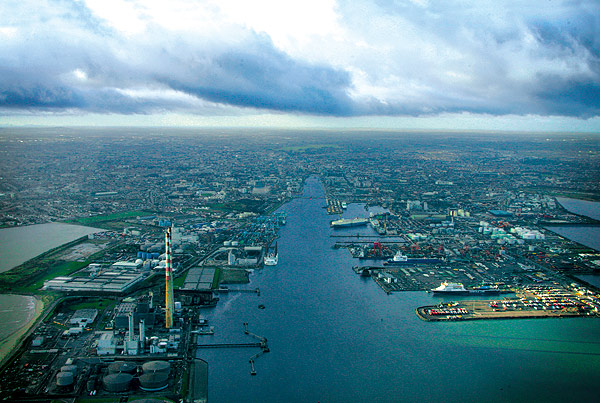
Dublin Port Company - a profitable state company
This is a smash-and-grab raid, redolent of a bankrupt Government philosophy. It is one thing to consider selling off the family jewels when, at least, the householder would still have access to the house. To sell off the ports is akin to the householder selling off the driveway, porch and front door to the house, then having to pay for the right to use them to enter the house in the future.
The Government has failed to develop a national ports policy. In the Progressive Democrat-fuelled era when privatisation, competition and profits were its driving force, the ports were moved out of direct State ownership and turned into semi-State competing bodies. Iarnrod Eireann was permitted to largely opt out of rail freight operations through the ports. Turned loose to compete against each other, the port companies followed no overall national policy for the benefit of the nation and now their future has been put in the hands of a group whose chairman advocates the sale of State companies and has already shown a lack of concern for the marine sector by shutting down the national sail training programme.
Aspects of journalism these days disappoint me after 45 years in the profession. Colm McCarthy who led Bord Snip Nua, is now chairing what is, effectively, ‘board privatisation,’ yet sections of the media seem largely to accept his views without question. I have not seen a lot of reportage which refers to his scathing opposition to the building of the DART, the Dublin Area Rapid Transport system, which he described as financial insanity and profligacy. Had those views been accepted, there would be no DART in Dublin, the consequences of which today are interesting to consider.
Privatisation of the ports should be strongly opposed. These are vital national assets. The lesson of selling-off Eircom has also, apparently, been forgotten by the Government.
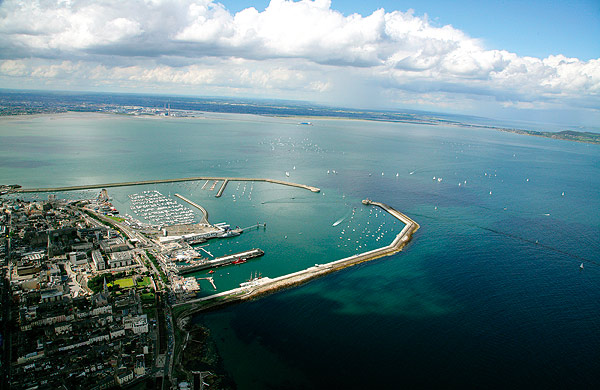
Dun Laoghaire Port on Dublin Bay
A Republic should be an entity in which there is open debate about public policy, not decision-making by elites. Flogging off our best assets, which is what this move by the Government is about, will not solve the nation’s problems. It is shocking to think that money from the sale of our vital transport arteries, the ports, could go to benefit those property speculators and banks which have bankrupted this nation.
This article is reprinted by permission of the CORK EVENING ECHO in which Tom MacSweeney writes maritime columns twice weekly. Evening Echo website: www.eecho.ie
Wicklow Lifeboat Launches Twice at the Weekend
Wicklow lifeboat launched at 10.07am on Sunday morning ( 25th July) to assist a 32 foot yacht with mechanical problems. The yacht was at located 11.00am 13 miles North East of Wicklow harbour becalmed and unable to motor. The lifeboat crew quickly established a towline and the yacht with 3 people onboard was taken back to Wicklow Harbour, the vessel was safely alongside the quay by 1.15pm and the lifeboat returned to station. Crew list - Coxswain Nick Keogh, Mechanic Lisa O Leary, Brendan Kavanagh Wayne Jones, John Docherty and Brian Sinnot.
A few hours later pagers were activated to alert the volunteer crew and the lifeboat put to sea again at 3.42pm, this time to give assistance to a rigid inflatable boat that had broken down with 5 people onboard near the Silver Strand. The lifeboat located the 5 metre Rib South of Wicklow head. 3 children were taken onboard the lifeboat and the Rib was towed back to Wicklow harbour, where all 5 people were landed safely.
Crew list: Coxswain Ciaran Doyle, Mechanic Lisa O Leary, Tommy McAulay , Barry Spencer, Tommy Murphy and John Docherty.
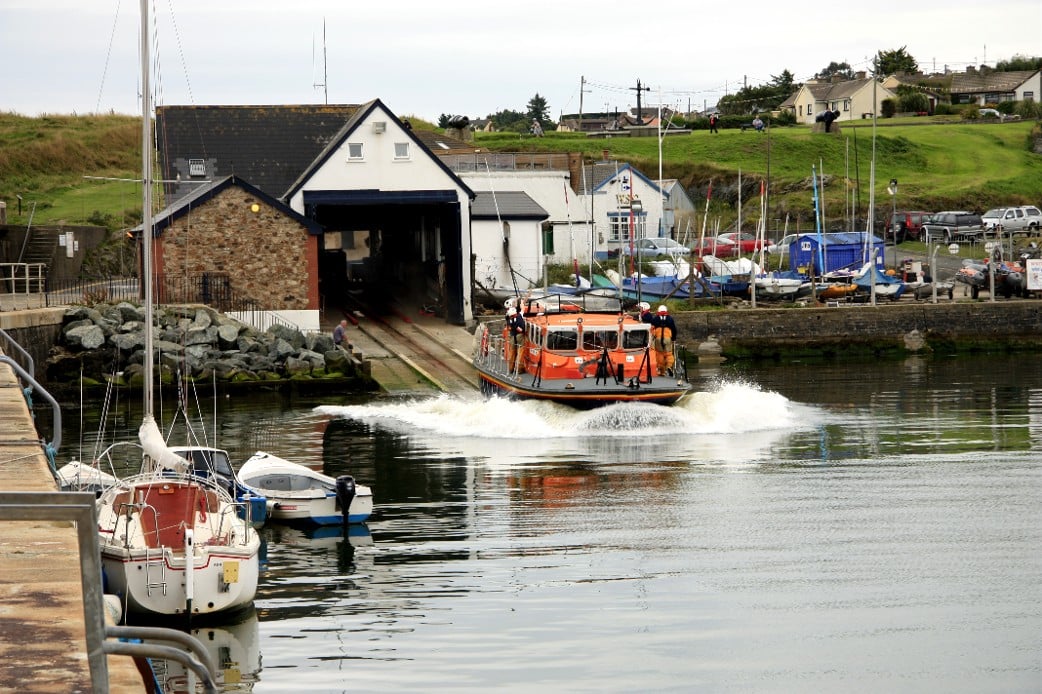
Wicklow Lifeboat Launches at the Weekend. Photo: courtesy Wicklow lifeboat
Related Safety posts
RNLI Lifeboats in Ireland
Safety News
Rescue News from RNLI Lifeboats in Ireland
Coast Guard News from Ireland
Water Safety News from Ireland
Marine Casualty Investigation Board News
Marine Warnings
Round Ireland Start Photos Here!
Photographer Bob Bateman was in among the fleet for the start of this afternoon's Wicklow's Round Ireland Race. A perfect start in light conditions across Wicklow Bay. His photos below and also on the gallery here.
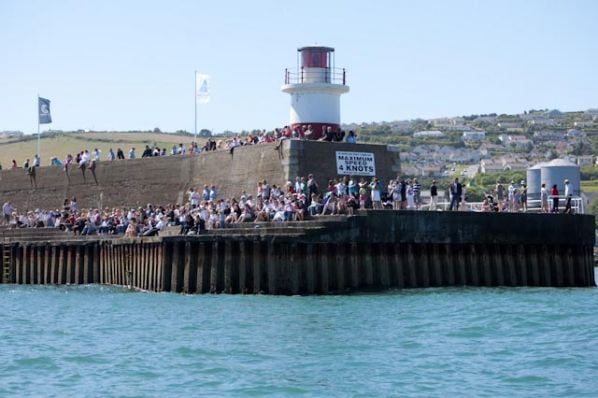
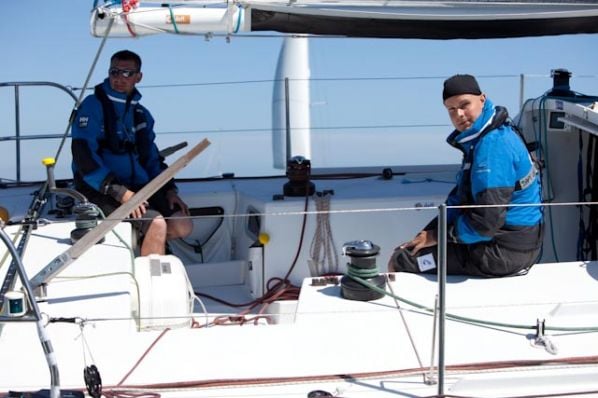
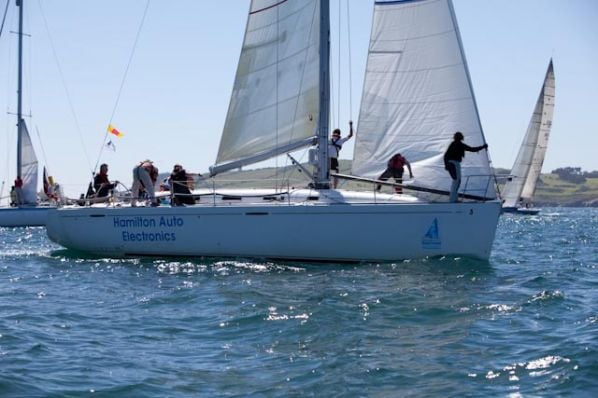
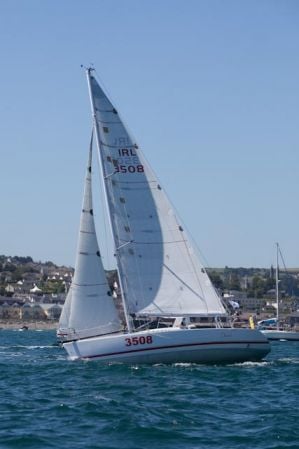
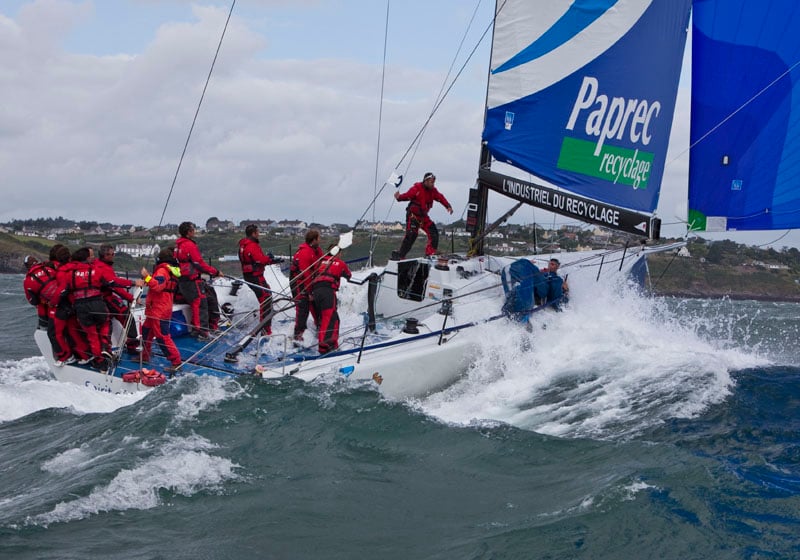
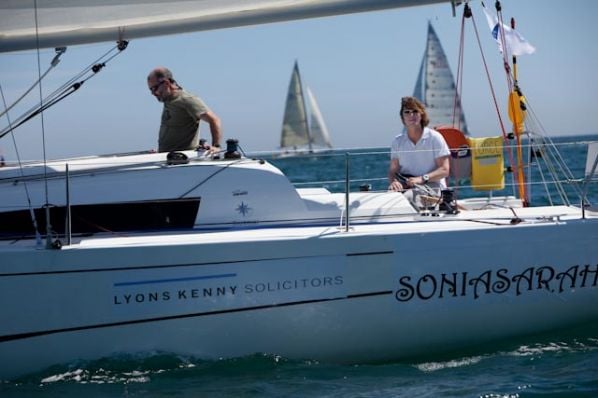
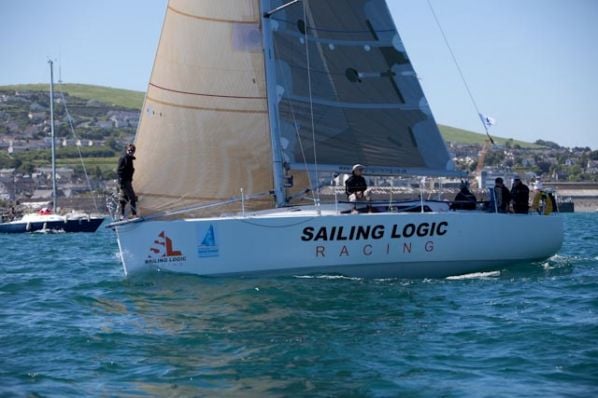
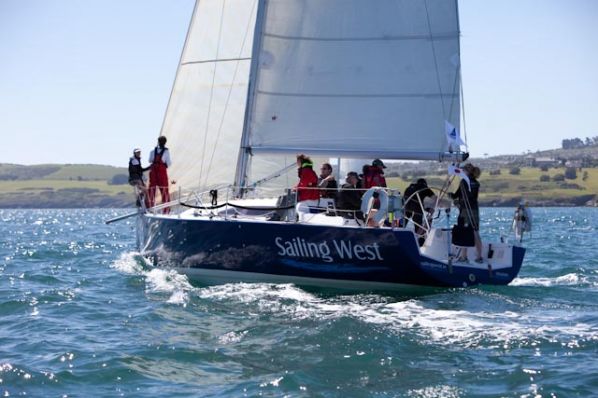
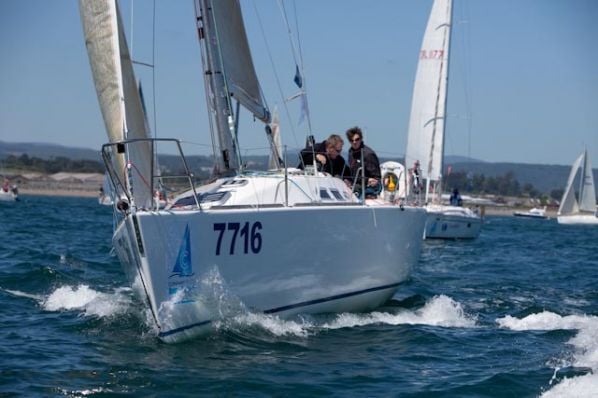
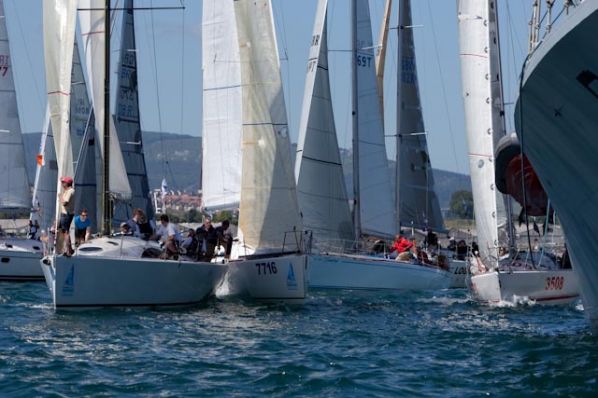
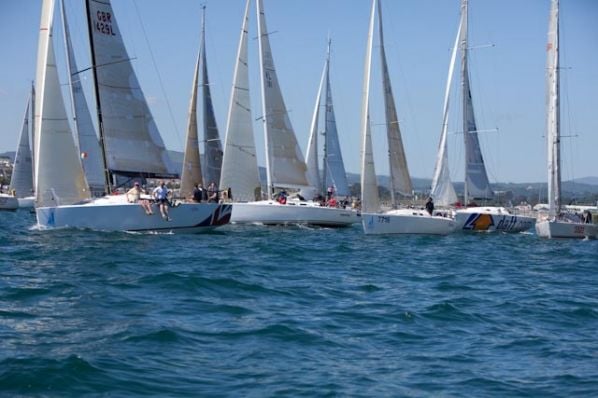
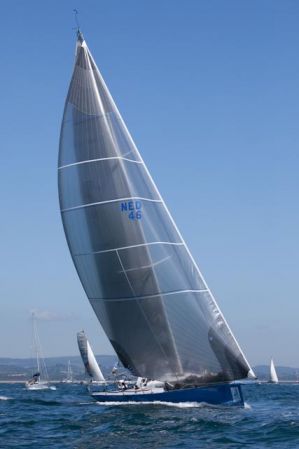
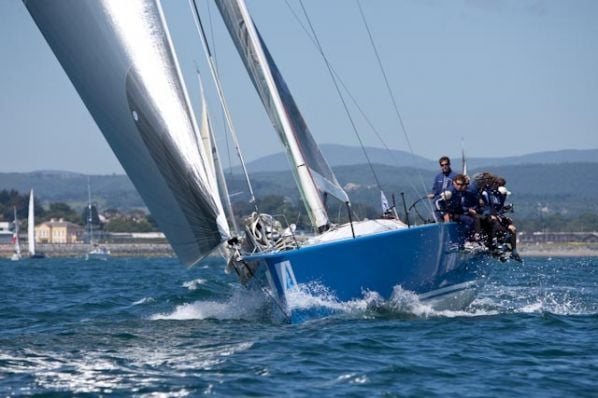
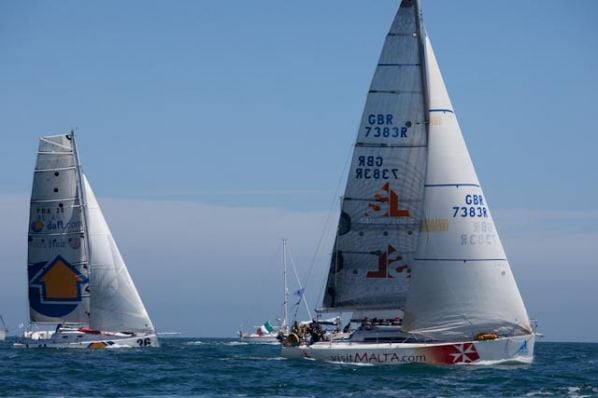
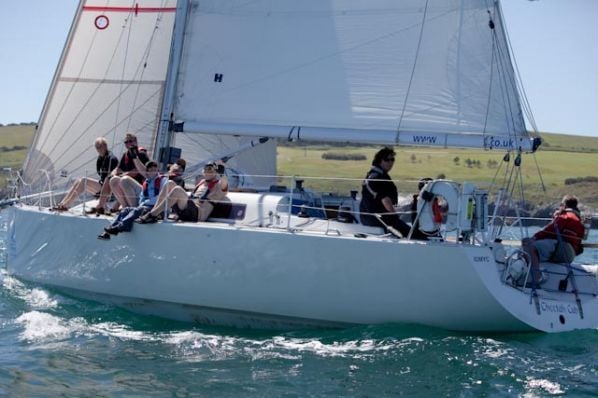
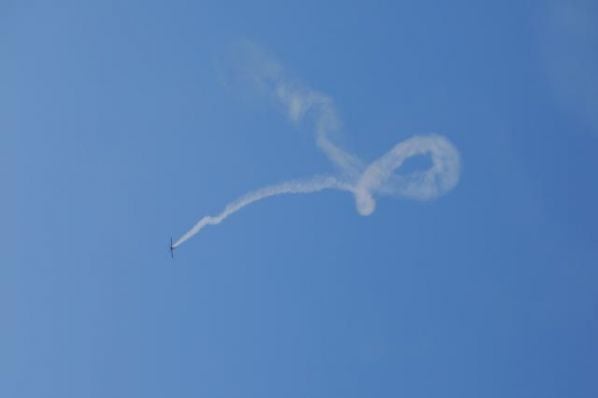
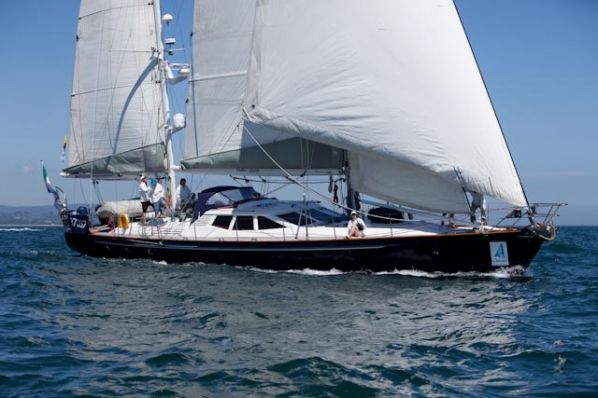
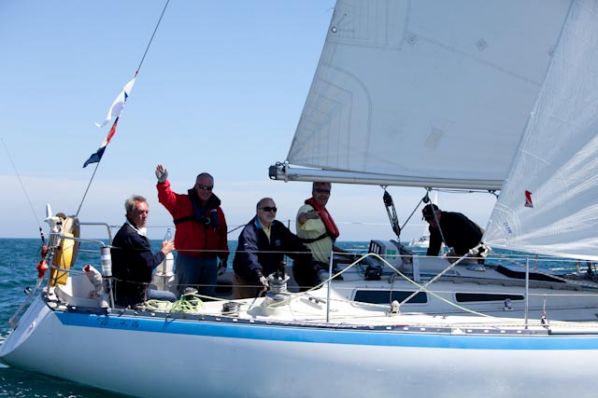
More on the Round Ireland Yacht Race:
Round Ireland Yacht Race 2010 Review
Round Ireland Yacht Race, Ireland's top offshore fixture
A Round up of 80 stories on the 2010 Round Ireland Yacht RaceMills Designs to the Fore in Commodore's Cup
Yacht designer Mark Mills of Wicklow, the Irish Sailor of the Year, will be represented by at least five sailing designs on three different teams at the next Commodores Cup to be held off Cowes in August. It will be of interest for ICRA members to know that with some teams still being finalized, the tally so far includes the custom IRC 39 Mariners Cove in the Ireland team, Hong Kong returning with the Summit 40 Blondie and the custom 40 Mandrake II (ex Ngoni), and the South Africans joining the event with the Landmark 43 Windpower and the Summit 40 Tokoloshe.


























